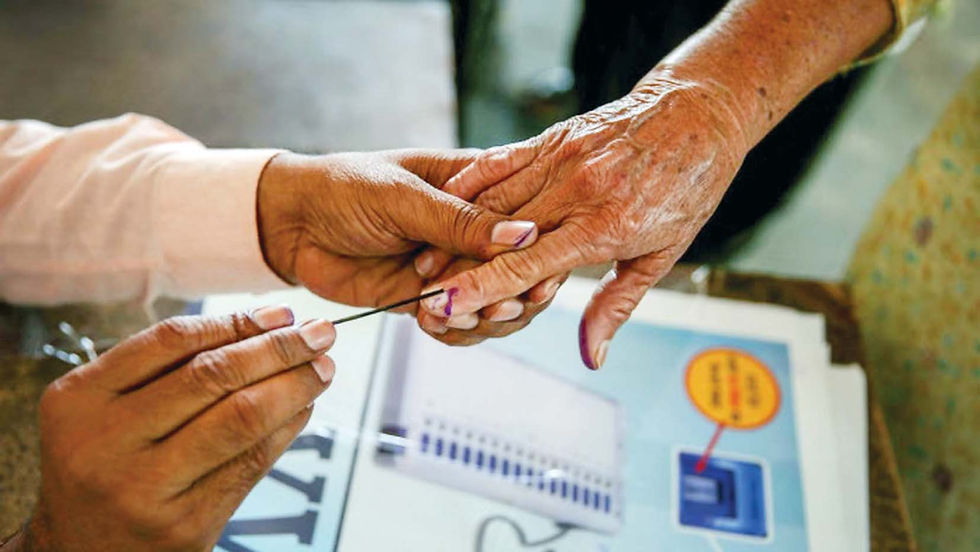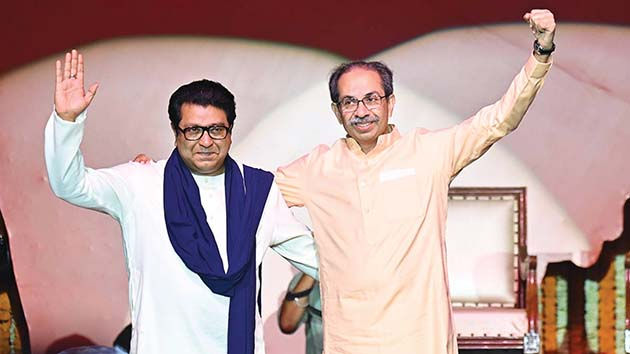Elections and the Constitution: A Voter’s Guide
- Wishwanath Garud

- 1 day ago
- 3 min read
Part 2: Two Different Acts and Detailed Provisions

The part 1 of this series traced the constitutional foundations of India’s election system, outlining the powers of the Election Commission under Articles 324–329. It explained how electoral rolls are mandated, how commissioners are appointed and protected, and why independence of the Commission is central to free and fair elections.
Part 2 focuses on the Representation of the People Acts of 1950 and 1951, arguing that understanding the specific legal provisions governing voter registration and electoral rolls is crucial to grasping how India’s electoral process functions in practice.
The Representation of the People Act, 1950, and the Representation of the People Act, 1951, are different. The provisions that are not in the 1950 Act are found in the 1951 Act. The detailed explanation regarding elections is in the 1951 Act. Whereas, all the information regarding voter registration and electoral rolls is found in the Representation of the People Act, 1950. The provisions regarding electoral rolls are found in Parts 2(B) and 3 of the same Act. As per the provision of Section 13 (D), it is clear that there will be no separate electoral roll for the Lok Sabha elections. This provision states that the latest electoral roll for the assembly constituencies falling under the respective Lok Sabha constituency will be deemed to be the electoral roll for the Lok Sabha constituency.
As per Section 15, an electoral roll will be prepared for each assembly constituency. It states that this electoral roll will be prepared under the supervision of the Election Commission of India in accordance with the provisions of this Act. This Act has given all powers to the Election Commission of India regarding the electoral roll.
Section 16 provides a detailed explanation of who is disqualified from being registered as a voter. If the person concerned is not a citizen of India, has been declared by a competent court to be of unsound mind, and has been disqualified under law for having committed an illegal act or other offence in the election, he shall be disqualified as a voter, and his name shall be removed from the electoral roll. If the competent court later decides that he cannot be disqualified, his name shall be restored to the relevant electoral roll, as is also stated in the same section.
It is clear from this that there are only two prerequisites for registration in the electoral roll. One of them is that the person concerned must be a citizen of India and must have attained the age of 18 years. If these two conditions are fulfilled, then that person can be registered as a voter.
According to Section 17, any voter can register as a voter in only one constituency. This means that each voter can vote only once in each election. For this reason, since the 1960s, ink has been applied to the left index finger of a voter who goes to vote.
Indrajit Barua vs. Central Election Commission
This case is considered to be an important case in the history of the Central Election Commission. In this case, the petitioners had challenged the 1979 electoral rolls in Assam in the Supreme Court. The petitioners had claimed that the names of many non-citizens of India were included in the electoral rolls. In this judgement, the Supreme Court laid down three things in total.
One – The provisions of the law should be strictly followed while including anyone’s name in the electoral roll.
Two – If any voter objects to the inclusion of another voter’s name in the electoral roll, he should prove it before the competent authorities. For example, if a voter objects to the inclusion of another voter’s name in the electoral roll and says that the other voter is not a citizen of India, therefore his name should be excluded from the electoral roll; in such a case, the person who has objected should prove that the other voter is not a citizen of India. This is what is called ‘burden of proof’.
Three – Objections to the inclusion of names in the electoral roll should be decided by the competent authority. While making this selection, the concerned authority should take sufficient care so that only the names of persons who are Indian citizens are included in the electoral roll.
More in the next instalment.
(The writer is an author and digital journalism teacher. Views personal.)




Commentaires